|
Preparing to visit Rome in January of 2010, I was flipping through the Italy Guidebook. Suddenly, my gaze was halted as I noticed an image of a foot statue in a sandal, resting on a pedestal. This looks strangely familiar, I thought. I remembered an episode of LOST, that I had recently watched, in which the characters came across a similar statue on the mysterious island with an enormous foot, in a sandal, resting on a pedestal. The creators of LOST must have been inspired by this mysterious piece of art history. Screenshots from LOST I was so excited that I mapped out the cross streets and intended to find it after viewing the Pantheon. As we strolled through these side streets, I didn’t see any monumental foot. Ironically, I didn’t realize the translation of the street name at the time, Via del Pie di Marmo: Street of the Marble Foot! I turned to peak down an alleyway before we decided to give up and leave, when directly in front of me stood the foot! It was smaller than I expected, only four feet long, but that means the estimated full original statue was around 26 feet tall! This marble sandaled left foot belonged to a colossal statue of a Greco-Egyptian god, either Isis or Serapis, that was built by Empero Domintion as a part of an ancient double temple in 43 BCE. The cult of Serapis was introduced in the 3rd century BC on the orders of Ptolemy I of Egypt as an effort to unify the Greeks and Egyptians. Serapis was a synthetic god created as a combination of god figures from differing cultures signifying both abundance and resurrection. Serapis became a god revered all around the Mediterranean Sea, where he became a symbol of the universal god. He was represented as a robed and bearded figure, with a cup on his head and a three-headed dog at his right hand while he played the role of a sun god, as well as a god of fertility and healing. Ironically, a smaller statue that like looked like a dog-headed Anubis was also found around this temple. Anubis was the gate-keeper of the world of the dead, and he is depicted in Egyptian mythology with the head of a jackel, carrying a ankh in his hand and a cup on his head. In the same way, the foot statue from LOST was revealed in a later episode to also belong to an ancient Egyptian god. After viewing the statue from the three-quatered angle behind view, there was considerable debate if the statue belonged to Sobek, Anubis, or Tawerat. Note the similarities in the picture of Serapis above. If both of these statues were indeed related, what does this mean to us now? Regardless of the original statues, what is left now of both of them, is a foot, in a sandal. Footwear has been around since the beginning of civilization as remnants of sandals can be found in Ancient Mesopotamia. Our ancestors primarily walked around barefoot. The wealthy Ancient Egyptians, and the wealthy in neighboring ancient cultures, wore sandals for decoration on special occasions or for protection if their feet were likely to get hurt during an activity.
Shoes played a major role in the development of Ancient Roman Civilization. The ancient Romans were one of the first peoples in recorded history to develop a wide range of footwear. Romans contributed the entire-foot-encasing shoe to the Mediterranean world. The shoe-maker, called a Sutor, became a valued craftsman as larger variety in the types sandals and shoes began to multiply. Although seemingly productive, as people began to live a more convenient life, they slowly began to lose their foundation with the natural earth. Roman Variety Photo Credit: Emaze In both footwear and architecture, Romans allied form with function to create solid foundations. Regarded as one of the birthplaces of Western civilization and as the first ever metropolis, the Kingdom of Rome grew rapidly from a trading town to a prosperous city between the 8th and 6th centuries BCE until it became a vital economic, political, and cultural center. Rome's history now spans more than two and a half thousand years. It is referred to as The Eternal City, one of the oldest continuously occupied sites in Europe. The Colosseum in Rome An example of the Foundations in Architecture Roman Concrete and the Roman Arch Using a mixture that included lime and volcanic sand, the Romans created a very strong and durable type of concrete. It formed the foundation for solid roads and arches that could support huge amounts of weight. This development aided in effective administration of this expansive area. The Romans built the most sophisticated system of roads that the ancient world had ever seen, many of which are still in use today. At its height, the Roman empire encompassed nearly 1.7 million square miles and included most of southern Europe. Further, the Romans were able to build massive structures, such as aqueducts, which provided water to cities. Romans showed a talent for borrowing and improving upon the skills and concepts of other cultures. The Romans perfected the Arch, made with Roman Concrete. This freed architects to explore different and larger structures. The Concrete Revolution contributed to structurally complicated forms, such as the Pantheon dome, the world's largest unreinforced concrete dome. Roman Style- Triumphal Arch Roman Arches Roman cities were typically focused around the forum (a large open plaza, surrounded by important buildings), which was the civic, religious and economic heart of the city. This forum was a foundation for social life. They also included grand gymnasium-bath complexes that were built and funded by the state which included running tracks, gardens and libraries. Ancient Rome was the wellspring for many modern government programs, including measures that subsidized food, education and other expenses for the needy. The Founders of America were fascinated by this Western Empire and applied some of these republican and democratic causes. Many of our political symbols in the U.S. such as the eagle and the image of a leader on a coin were of Roman inspiration. The architecture of the American Foundation also showed a bias for the Roman artistic intelligence. Roman Forum Ruins As you can see, the Romans have assimilated concepts from other cultures and have laid foundations for our contemporary western culture in terms of architecture, roads, development of cities and governments, as well as our relationship with our feet. Before any feast, the Romans would remove their shoes and place them in a different room. Both for the sake of a clean house and to develop a greater feel for the surfaces under our feet. I believe that it is still a good practice to leave shoes at the door. Our shoes can also be a warm, moist, hotbed for bacterial growth and is the leading cause of foot infections. The smell of our shoes at the end of a long day hints at this infectious growth. This gesture of taking our shoes off at home, relates to the eastern tradition. This Indian custom also draws an important boundary between the impersonal traffic of the street and the intimacy of home life. One way that we can keep our feet clean is by spraying Aurorae’s All-Natural Deodorizing Shoe & Foot Spray on your feet, shoes, and your yoga mat. This all-natural foot spray is designed to freshen up your foot gear or your feet by masking odors and providing a subtle hint of Peppermint Oil, Tea Tree Oil, Eucalyptus Oil, Thyme Oil and water to ensure that there are no chemicals or toxins touching your skin or shoes. Just like the Romans who took their shoes off at the dinner table, I believe that we need a balanced relationship with our feet, in and out of our shoes. While shoes may offer some protection against severe injuries, they are often responsible for most of our chronic foot injuries, like bunions, hammer toe, over-pronation, fallen arches, etc. Confining footwear can lead to tense and foreshortened feet. Shoes that are bad for our feet include ballet, high heels, and cowboy boots. I used to abuse my feet regularly as a waitress and flight attendant, trying to wear wedged heels all day. I would struggle with in-grown toenails and infections, as well as pain in my arches and lower back. High-heeled shoes are a major cause of foot pain because normal weight-bearing is altered: weight is borne by the heel and ball of the foot, instead of the arch. I recently found these amazing flat Crocs that feel spacious on my toes while they maintain a non-slick surface, so I won't slip at work. Therefore, it’s important to choose shoes that are breathable, offer a lot of space for your toes, have non-slip protection in work environments, and still allow your feet to make active contact through their arches. I also use my Aurorae Foot Spray to keep these shoes and my feet feeling fresh and clean. I still believe that wearing functional shoes can be an important habit for convenience and function in our lives, but we also need an equal amount of time barefoot to restore the intimate connection with our body. For example, when I power walk in the park, I can move my body much faster than I would be able to if I was barefoot. In my New Balance comfort running shoes, my feet are protected from bee stings, sharp rocks or branches, or the hot temperature of the cement. Furthermore, I can burn more calories and complete my cardio exercise in a timely manner. However, sometimes I like to take my shoes off and walk slowly in the grass or sand. This practice strengthens my spiritual connection with the earth as I directly feel the contact that my feet make with the soil, rocks, and leaves. Going barefoot not only exposes the skin of my feet to refreshing air and sunshine, but I can also feel where my weight lies and make adjustments towards equilibrium. As a yogi, we can stay connected to what really matters, standing directly on the earth through our foundation. Barefoot Sandals by Forever Soles is a free-spirited, adventurously cool concept. The Flower of Life barefoot sandal is made from lilac crystal beads, cotton thread and an eco-friendly nickel free metal. These sandals were originally designed for brides having a beach wedding, but we can wear these on our yoga mat, at home, at the beach, or on a nature walk in the park. Feel the sand beneath your toes through your wanderlust confident mentality that wants to get closer to nature and more in touch with your foundation. Enter Code: ‘HALFMOONYOGA’at checkout to receive discount. Valid until November 30th, 2016 Walking barefoot, especially on uneven surfaces stimulates the feet. In prehistoric times, people usually walked barefoot. These conditions demanded that the foot be responsive: agile, adjustable, and articulate. In addition, the micro-adjustments required of the foot, when walking on uneven terrain, promoted small movements in the pelvis and spine that led to a pliability throughout the whole body. During the physical practice of yoga, we want to restore that responsiveness as we stand barefoot on our mat. We again develop a greater feel for the ground below. As we become more intimate with our feet, and they also become stronger and more mobile. Mountain Pose is the foundation for all the postures because the neutral standing position teaches us to be fully upright and connected to the ground. In yoga, our physical foundation is what touches the floor. In standing poses, feet are our foundation. Just as the foundation of a building must be level to support all the structures above, the distribution of weight over the four corners of our feet determines the alignment of our shins, knees, pelvis, spine, neck and head. Have you ever heard your yoga teacher remind you to root down through all four corners of your feet? The four grounding corners of our weight distribution lie in our inner and outer heel and our big toe and baby toe mounds. When our feet are properly aligned, our shins will be parallel to one another, with our arches and outer ankles evenly lifted. In Mountain Pose, the outer edges of our feet should be parallel while our big toes are pointing slightly in. To activate the energy in your feet, press down into this outline of your feet as you draw up through your arches. You should feel your quads engage. Look at the soles of your shoes. If there is excessive wear on one side of the heel, the foot is shifted off its central axis, likely putting strain on the knee, hip, or lower back. In people who have fallen arches or, as they are commonly called, flat feet, the lack of arch support causes the inner ankle bone to collapse in and down. Once the inner ankle drops, the inner groin at the top of the inner leg often also collapses. In turn, the weakness of the inner thighs leaves the lower back vulnerable to compression. The structural arrangement of bones, ligaments and tendons in our foot results in three arches: the outer edge of our foot, the inner edge of our foot, and the top of our foot. Our arches provide our feet with flexibility to absorb shock and distribute the weight of our body. The arches form a dome that distributes about half the weight to the heel and half to the ball of the foot. When barefoot at home, we can incorporate all sorts of Here are a few more easy stretches to gain mobility, strength, and flexibility in your feet: Lift just the big toe on both feet, keeping the other toes down. Then try to do the exact opposite: lift all the toes but the big toes. Keep switching back and forth to activate the arch at the top of our feet. From Mountain pose on your inhale, raise your heels so that you’re standing on the balls of your feet. On your exhale slowly lower them. Repeat this at least 10 times daily. A simple way to stretch the underside of the foot is to kneel with the toes turned under; hold this pose for 5-10 slow breaths, then untuck your feet and stretch the tops of your feet in Hero Pose, Virasana for another 5-10 breaths. Repeat as needed, daily. More fun poses to build intimacy with your feet! Big Toe Pose (Padangusthasana) Staff Pose (Dandasana) Grab your pair of Sunset at the Colusseum Yoga Leggings! Or these featured Wet Sand/ Dry Sand Leggings reminding of feeling of our connection to the earth through our foundation, our feet!
0 Comments
Your comment will be posted after it is approved.
Leave a Reply. |
Hannah Faulkner
|
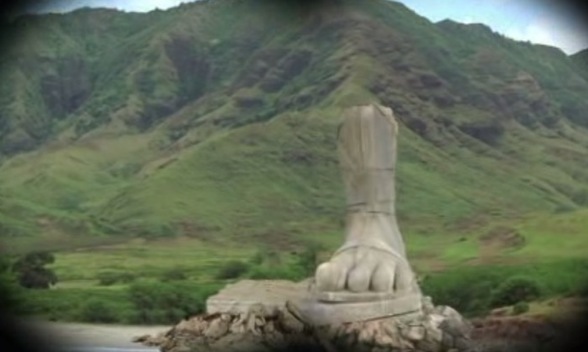
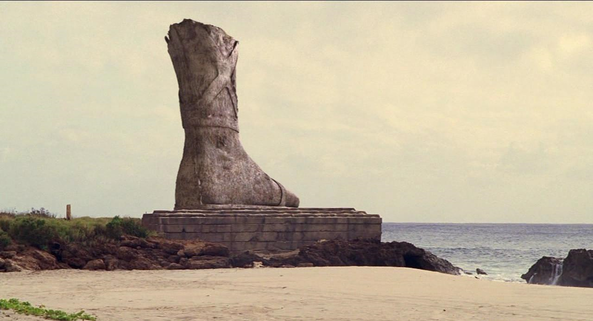
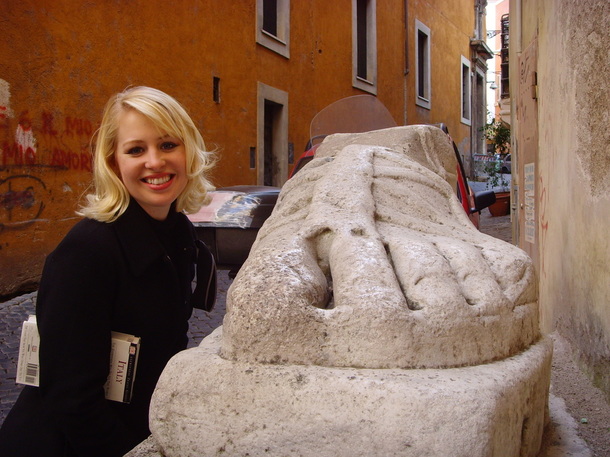
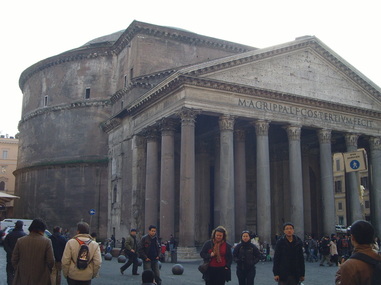
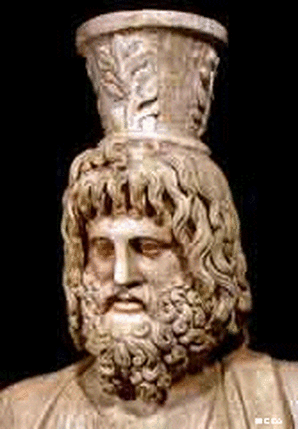
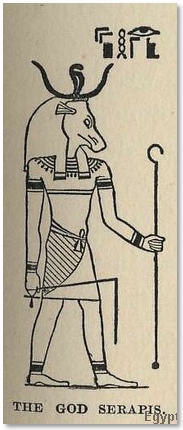
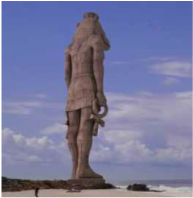
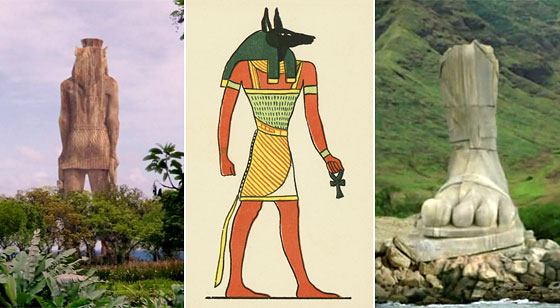
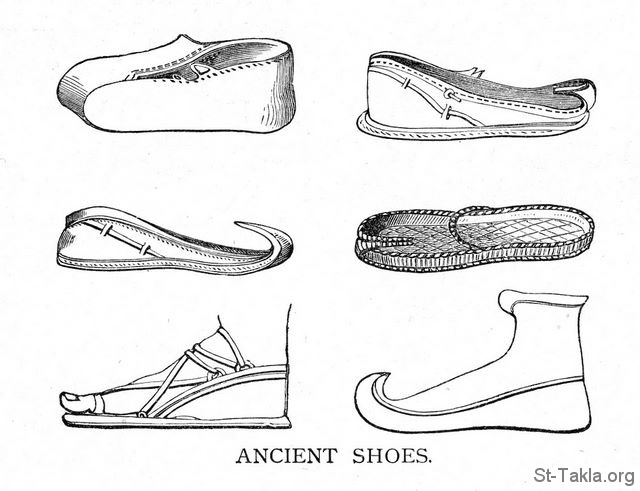
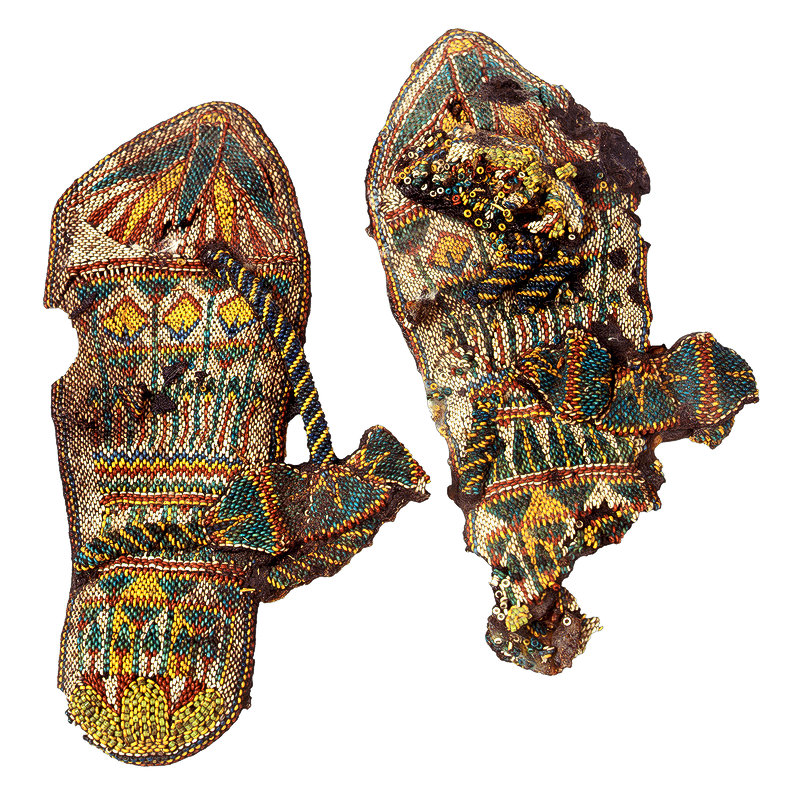
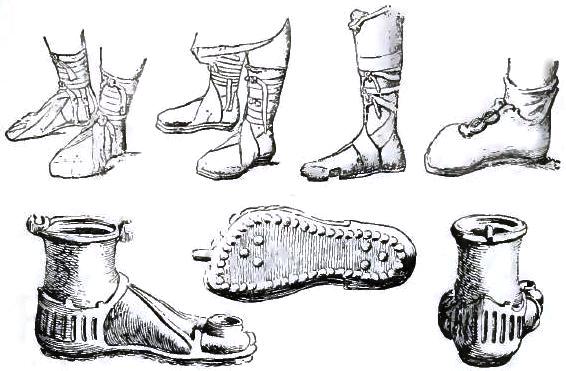
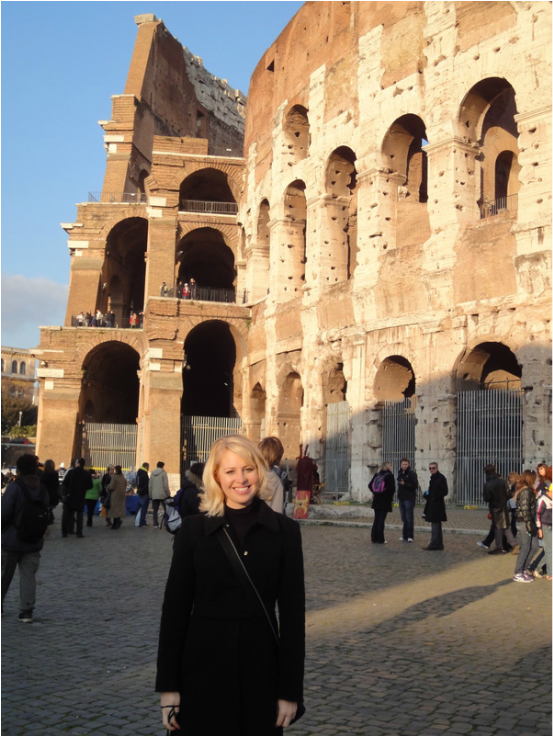
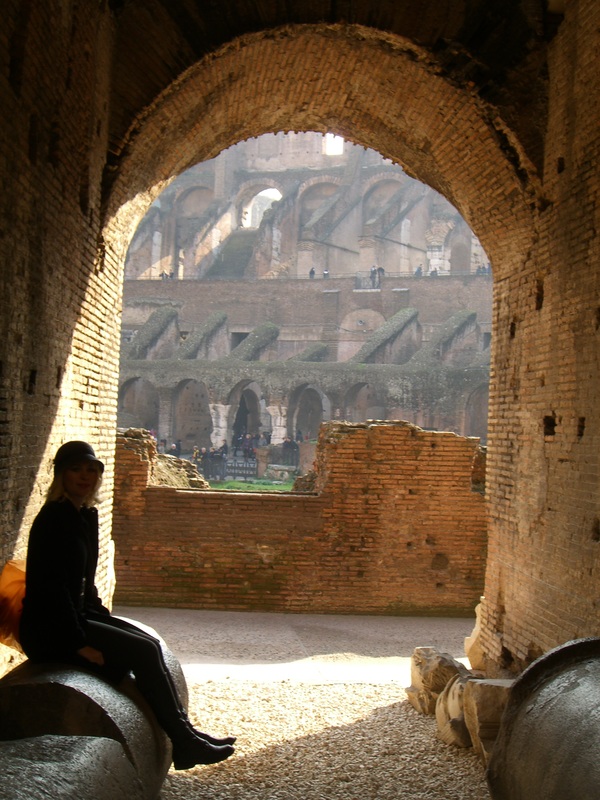
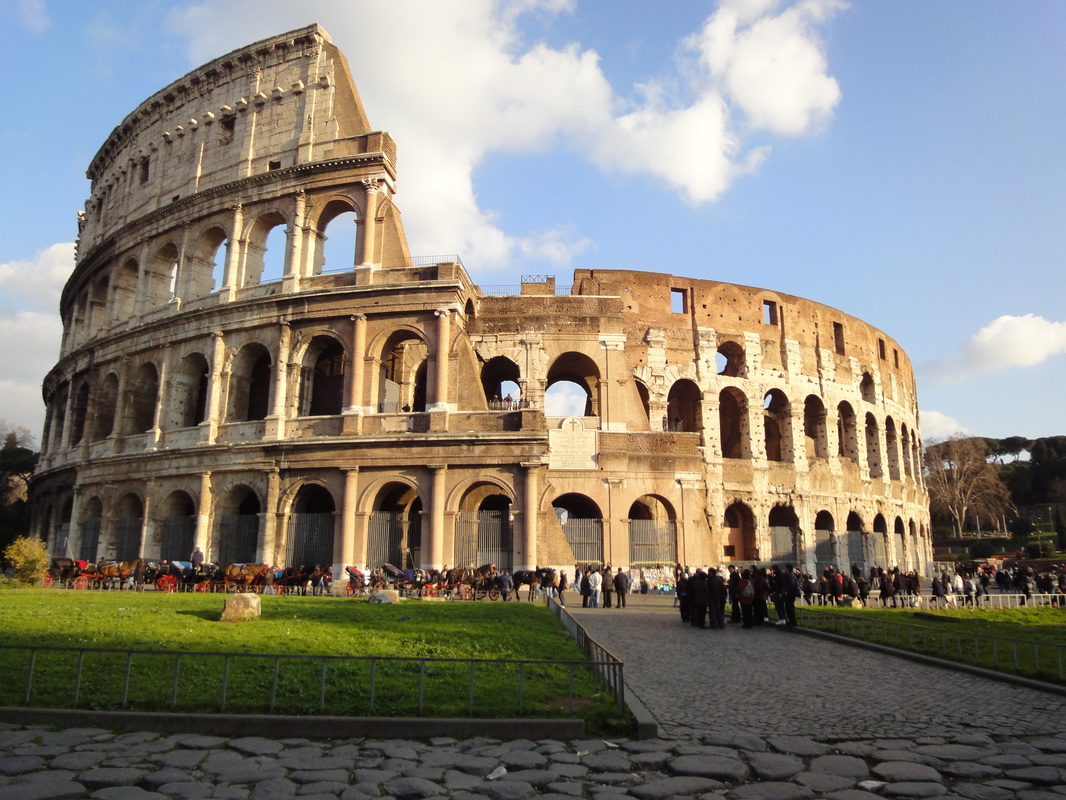
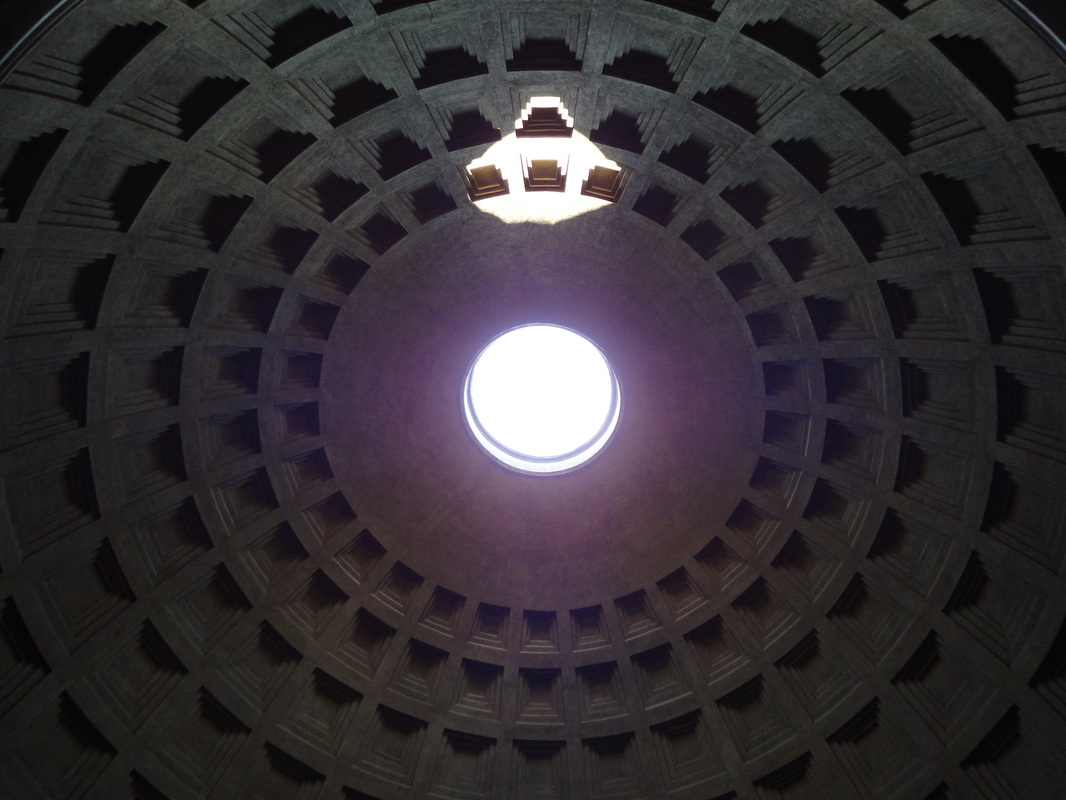
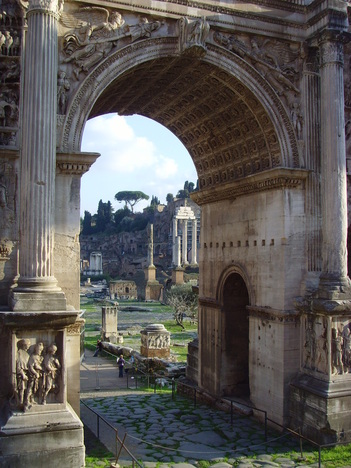
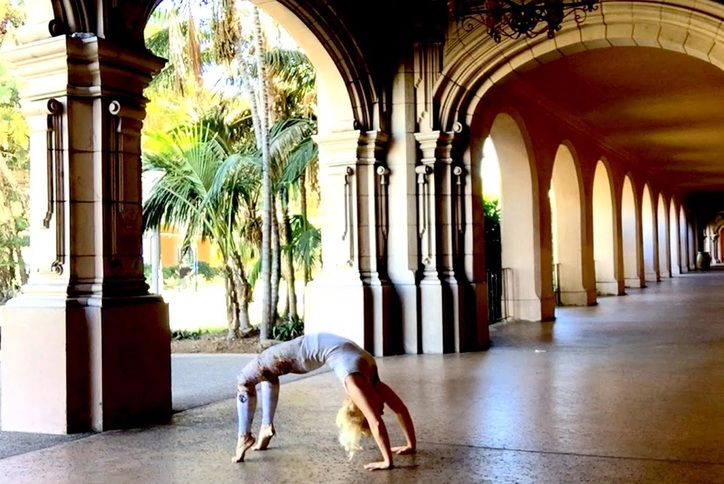
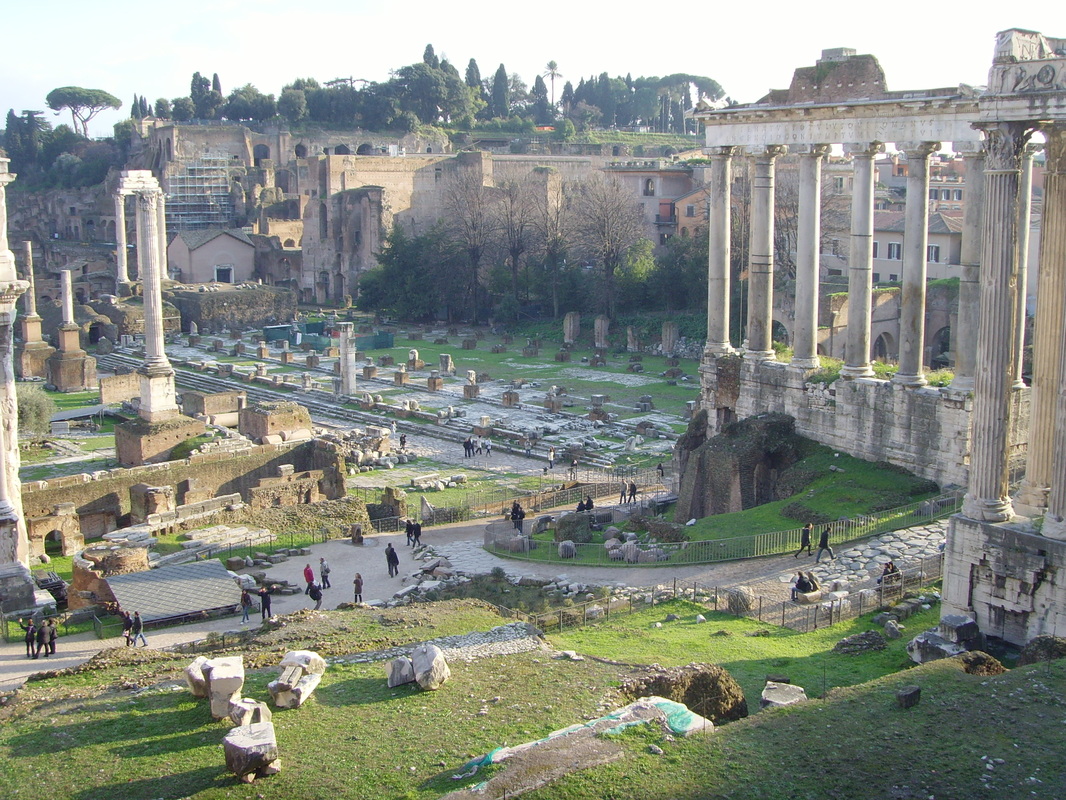
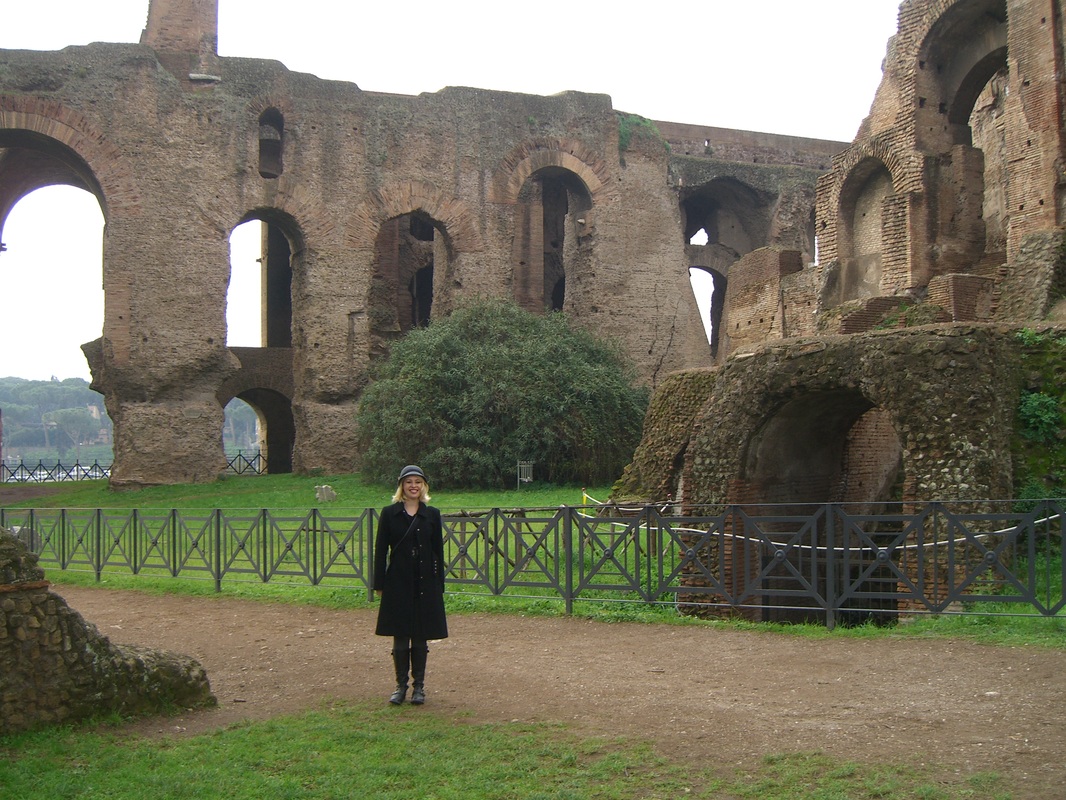
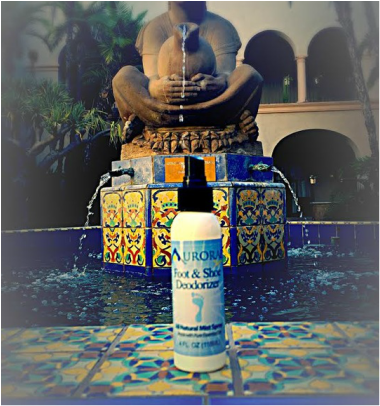
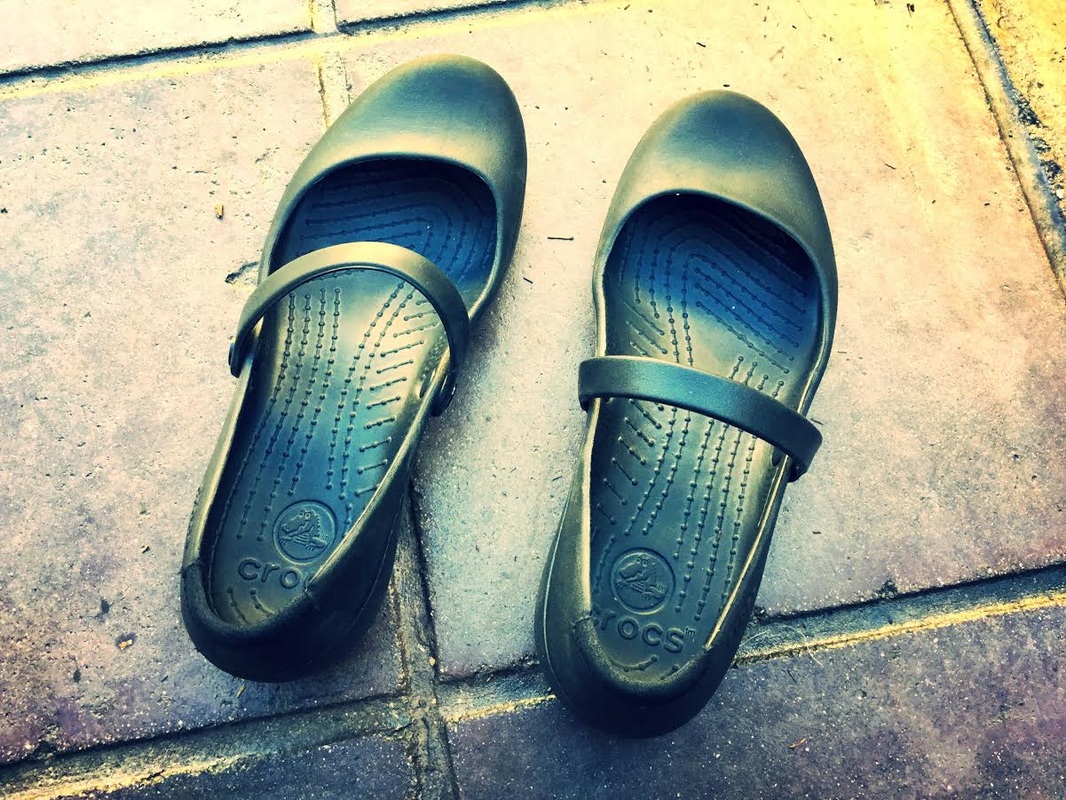
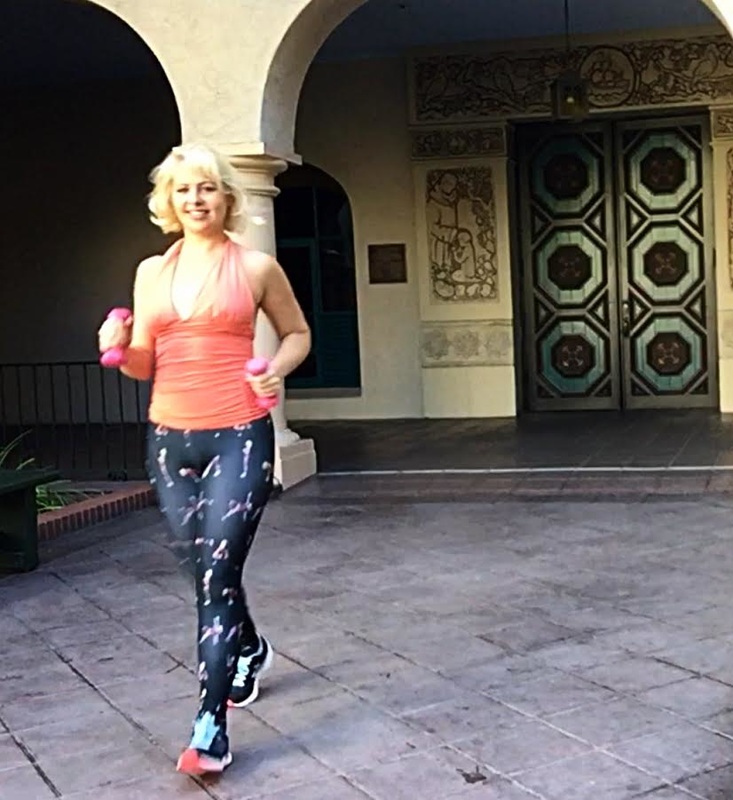
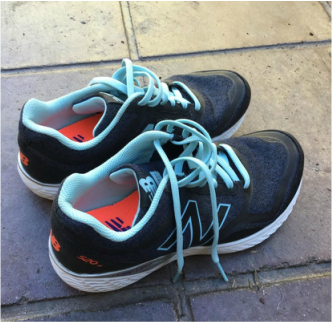
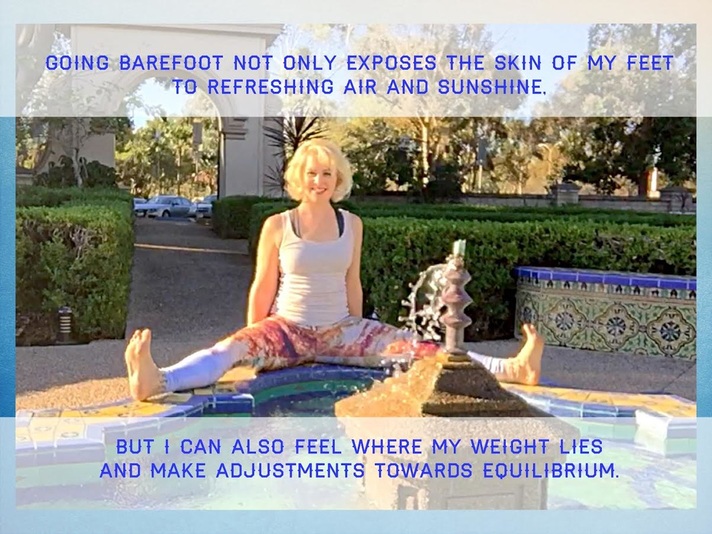
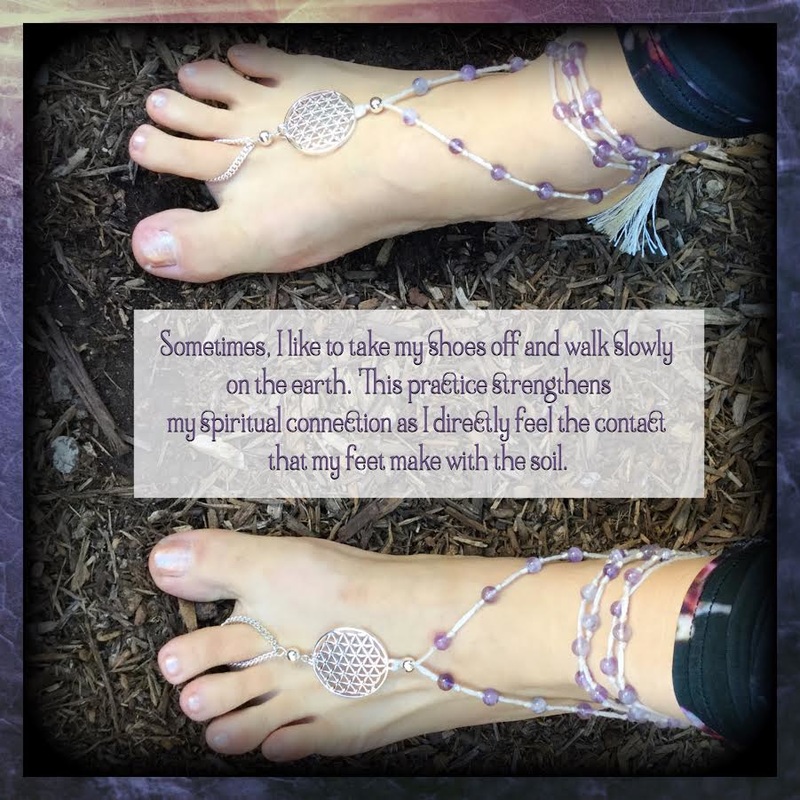
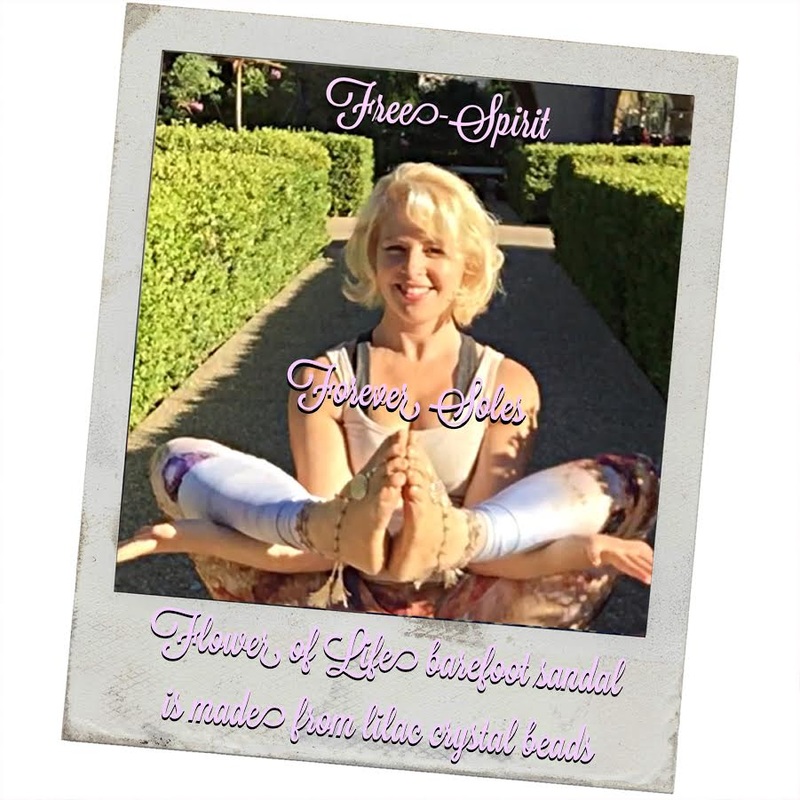
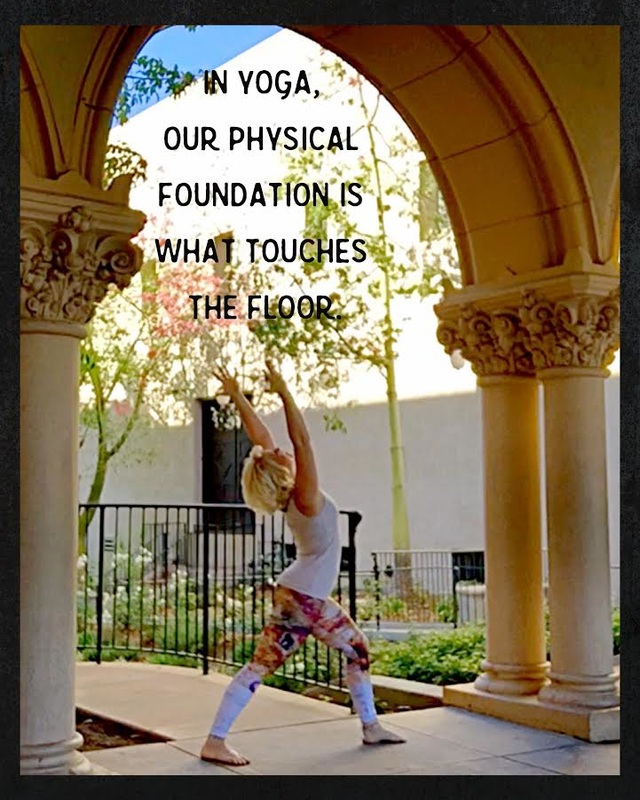
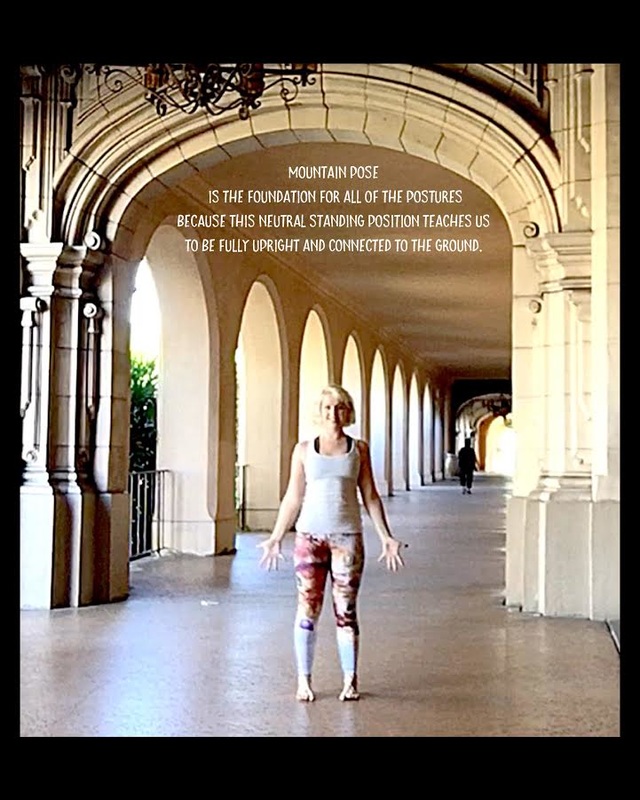
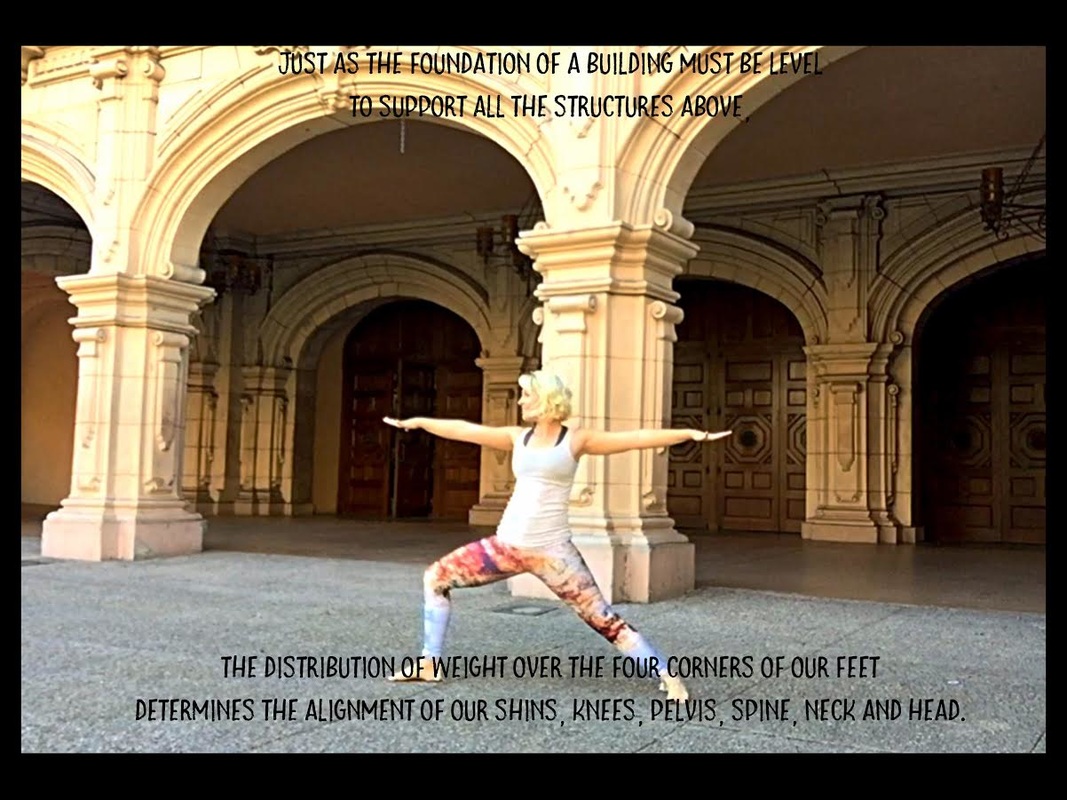
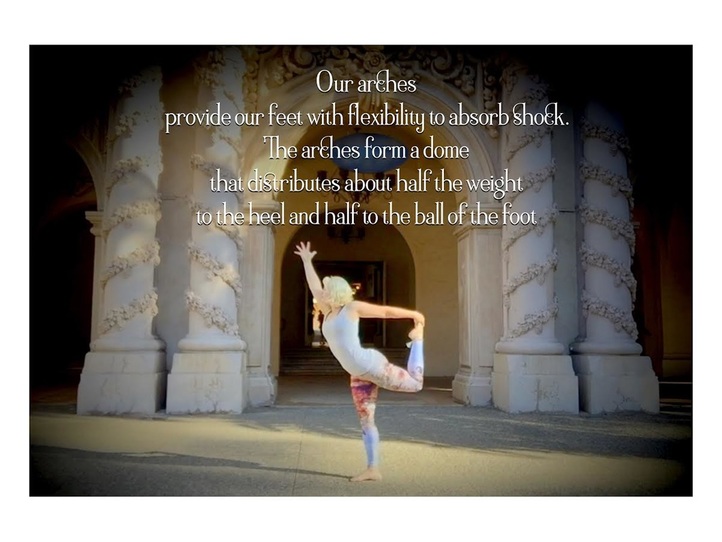
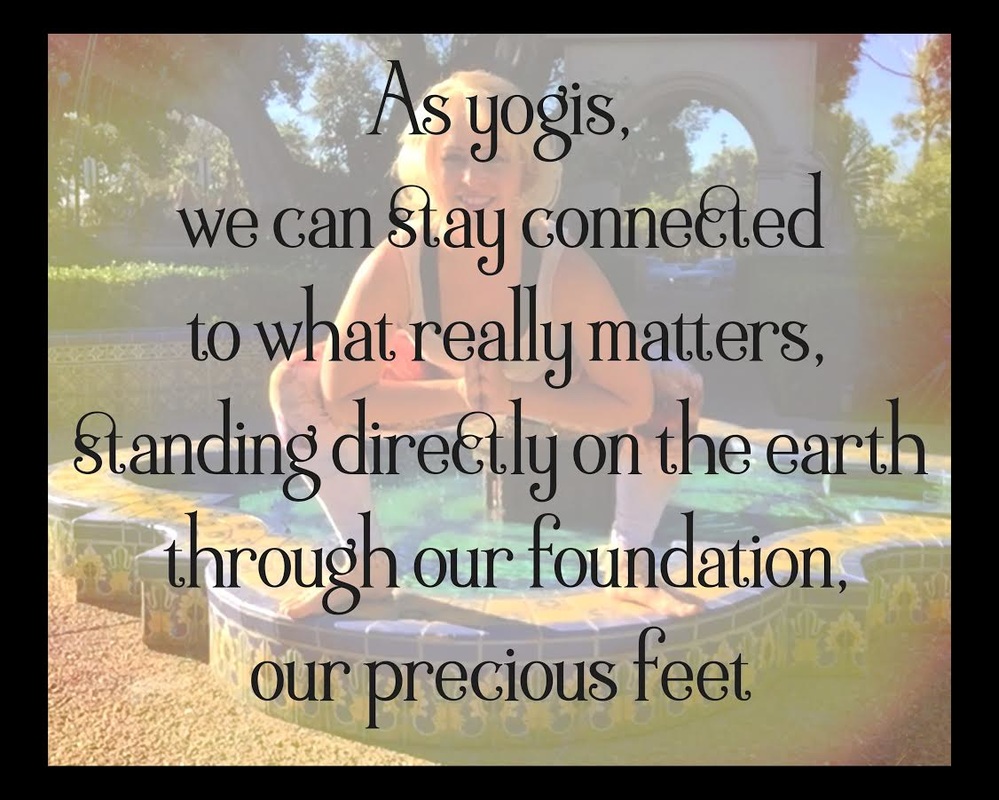
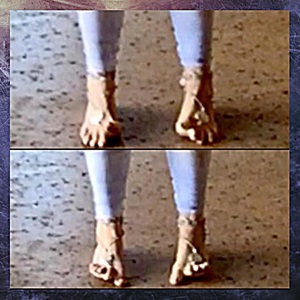
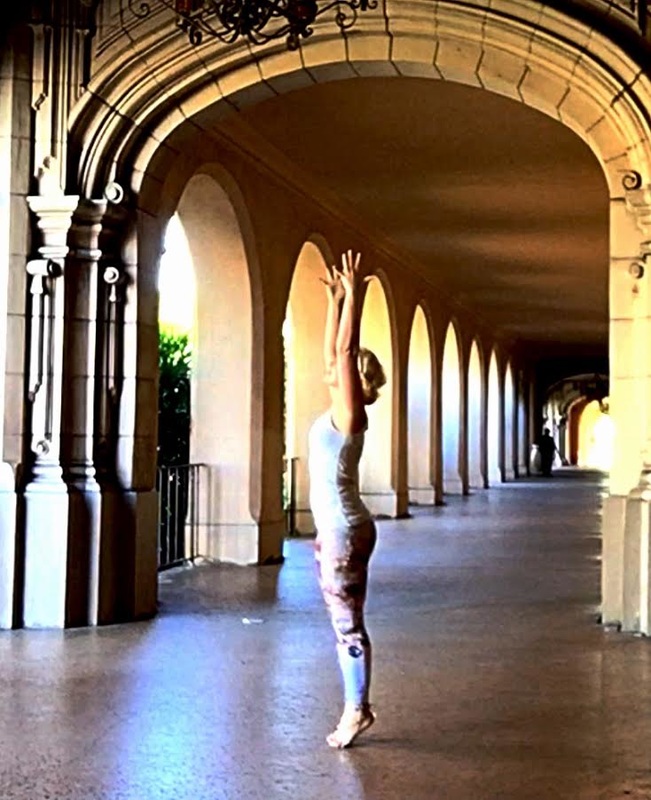
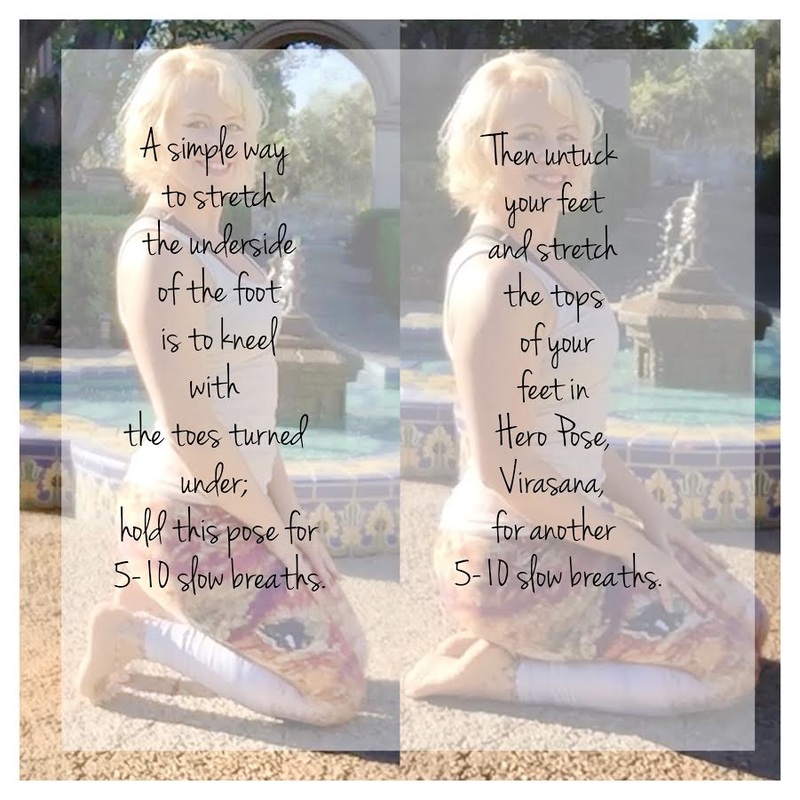
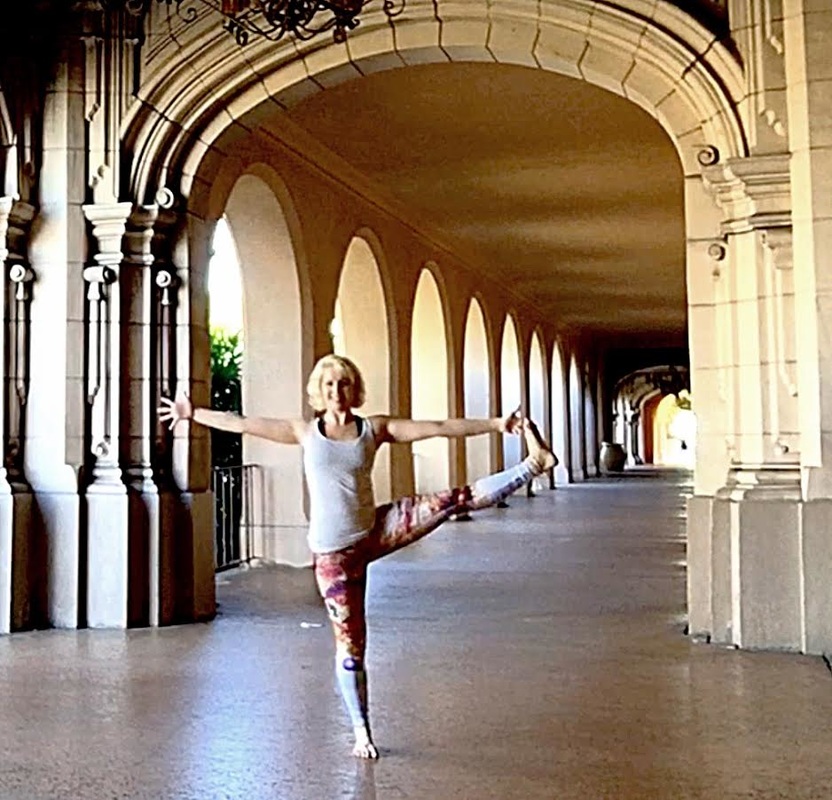
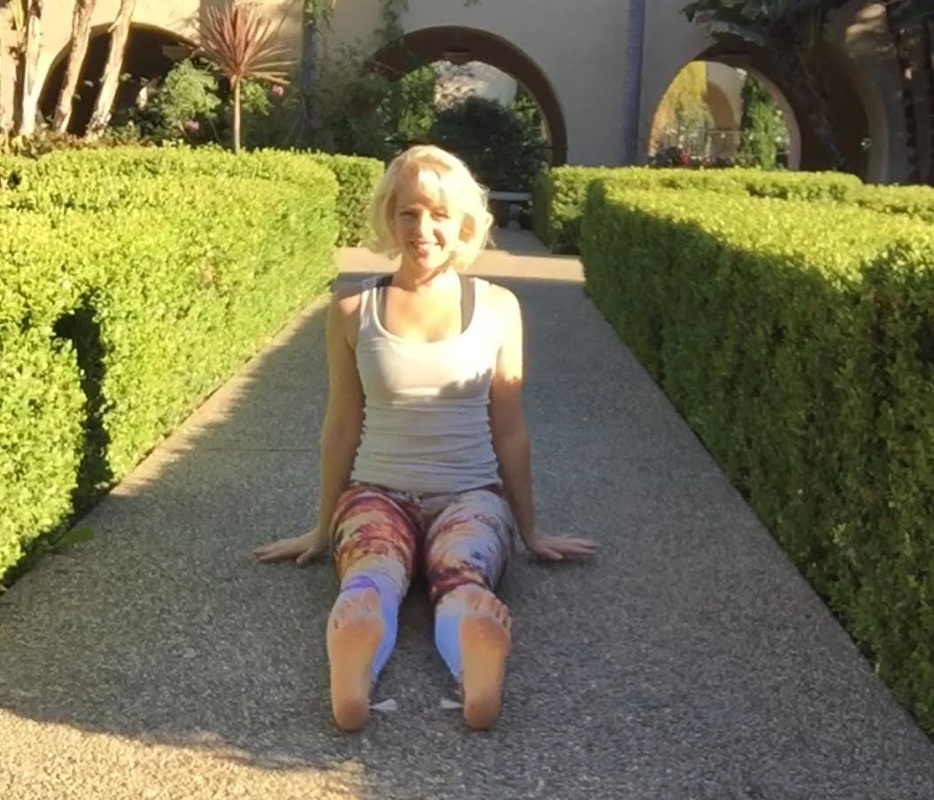
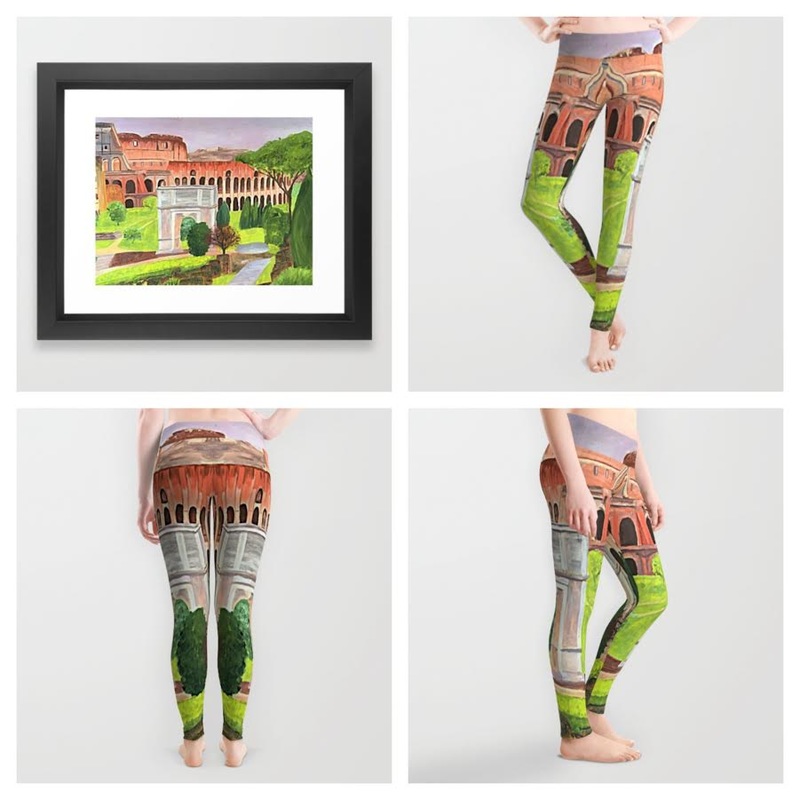
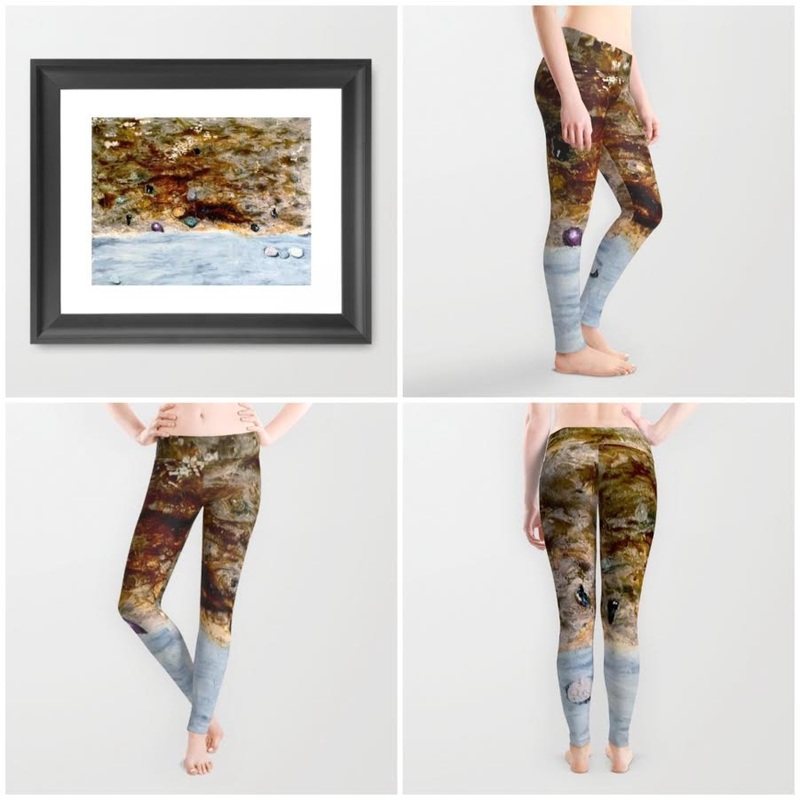


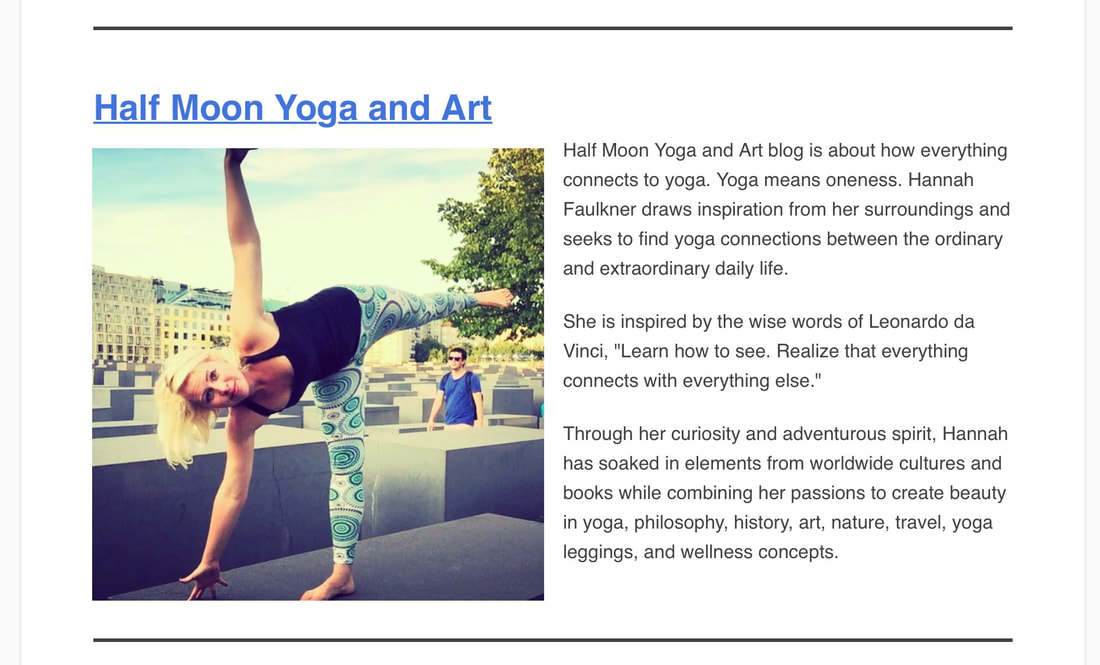




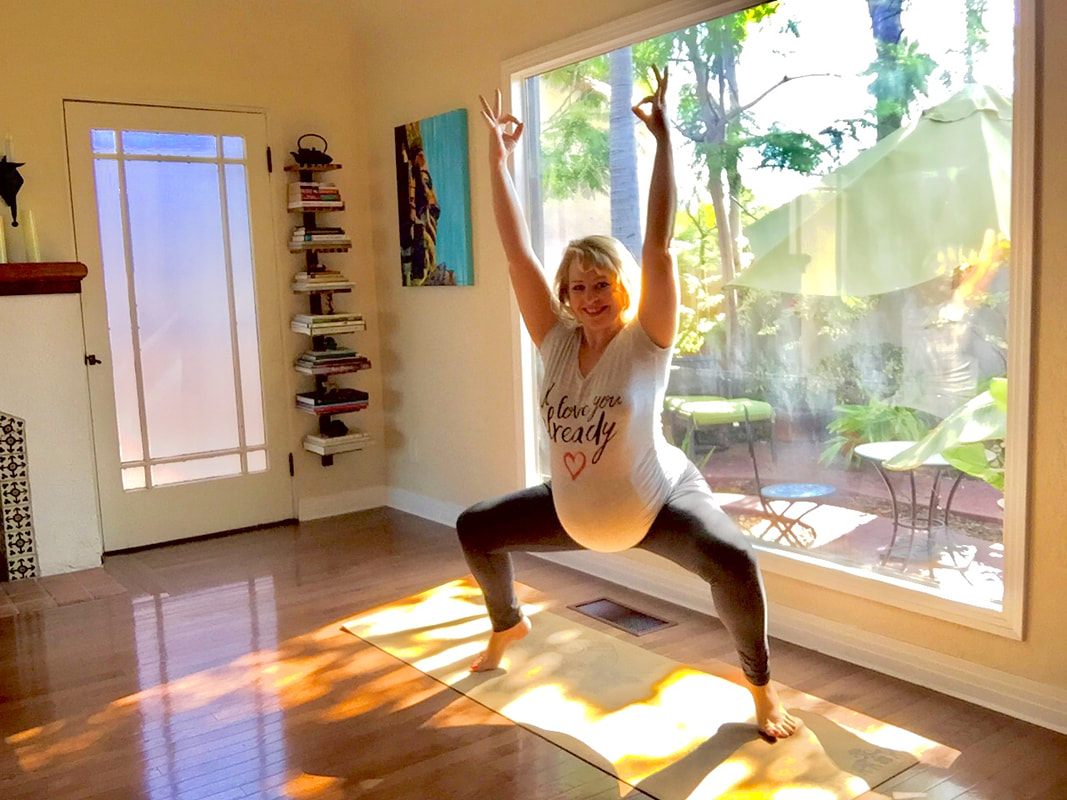
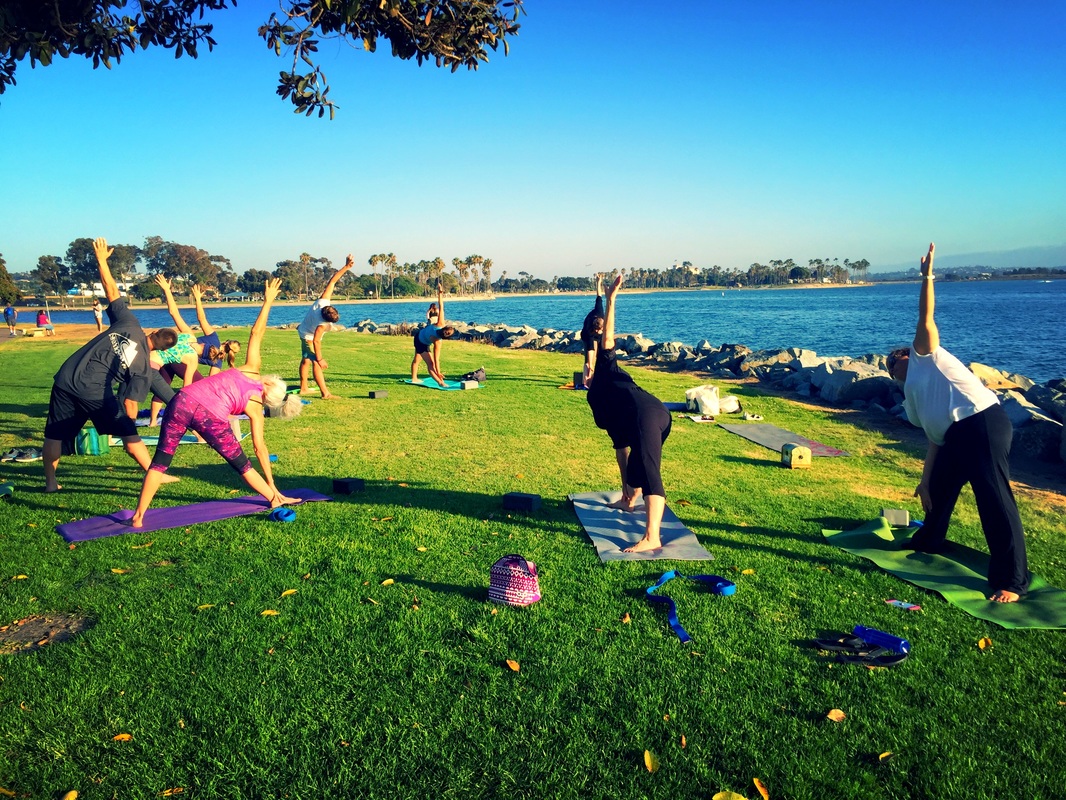
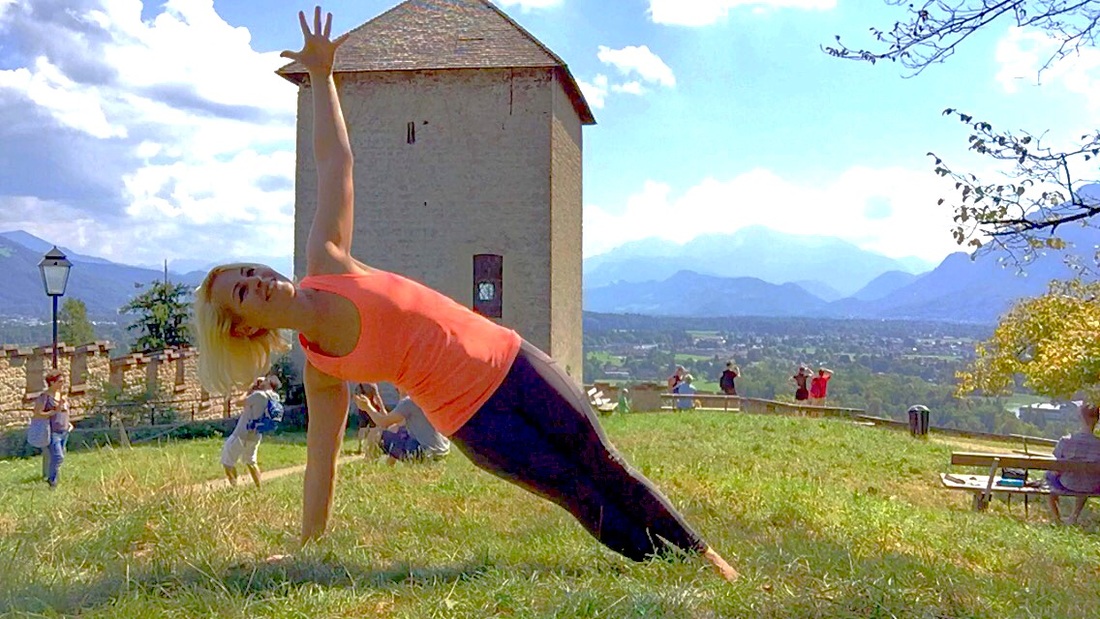
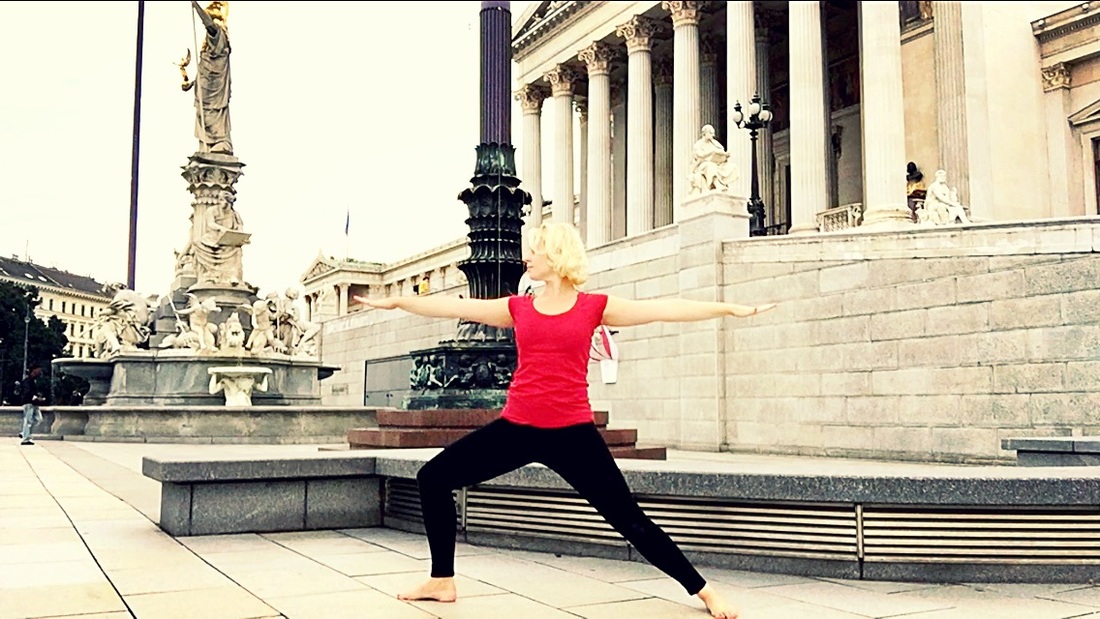
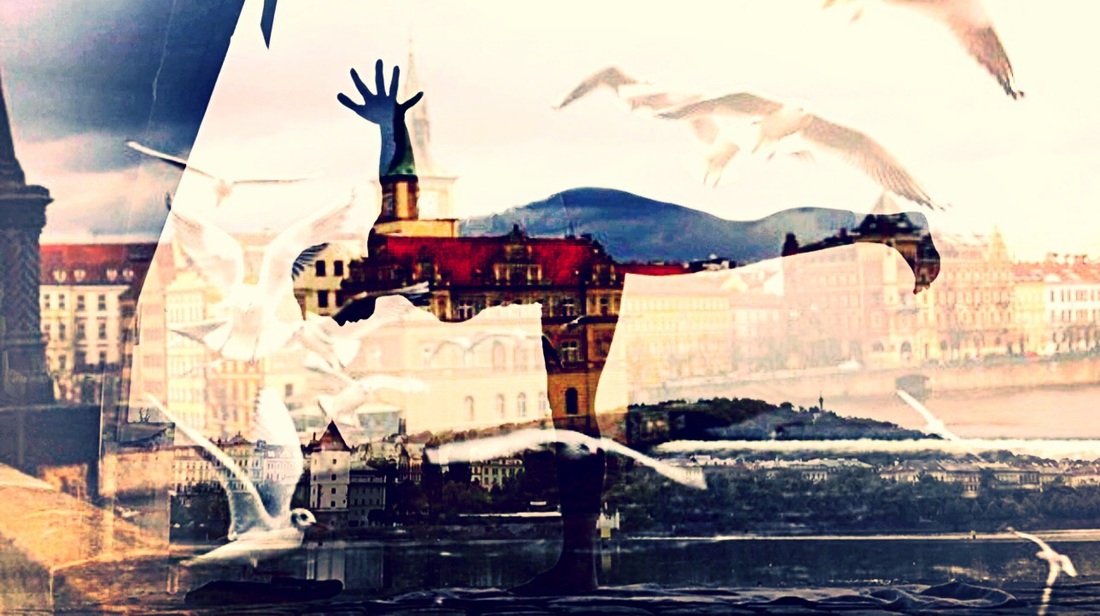
 RSS Feed
RSS Feed